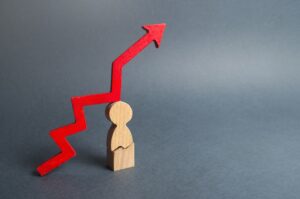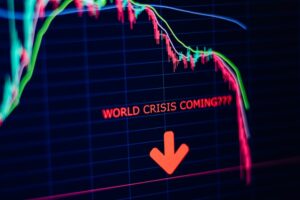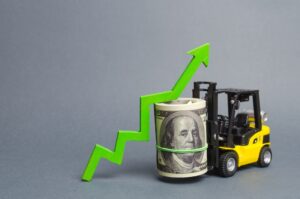Why Tariffs Are Driving Up Everyday Costs
Tariffs may sound like a foreign policy issue, but their consequences are hitting much closer to home — right at the dinner table, gas pump, and checkout lane. In 2025, sweeping trade policies have placed heavy import taxes on everyday goods, creating a domino effect of rising prices that families across the country are struggling to manage.
This post breaks down what’s really happening, who it’s hurting most, and what you can do to protect yourself.
What Are Tariffs, and How Do They Affect American Consumers?
Tariffs are taxes placed on imported goods. While they’re often framed as economic tools to protect domestic industries, they ultimately shift the financial burden onto consumers. When the U.S. imposes a tariff — like the current 10% flat import tax or the steep 145% tariff on Chinese products — importers pass that cost along to retailers, who then raise prices for everyday shoppers.
In other words: tariffs are a hidden tax on the American household.
The Real-World Impact of Tariffs on Food and Household Goods
Higher Grocery Bills
Healthy foods like fruits, vegetables, cooking oils, seafood, and rice are some of the first to feel the sting. These items are often imported or require foreign-grown components. Now:
- Olive oil prices have surged due to both global shortages and tariff-driven costs.
- Affordable seafood options have become scarcer and more expensive.
- Grains, nuts, coffee, and spices now cost significantly more in grocery stores.
Even domestic products are affected. U.S. farmers, facing labor shortages due to immigration crackdowns, are forced to raise prices to survive.
Price Hikes on Everyday Essentials
Tariffs don’t just impact food. The cost of basic consumer goods has also climbed:
- Clothing and shoes (especially imports from Asia)
- Electronics and appliances (with key components sourced globally)
- School supplies, furniture, and baby gear
For many families, these rising costs mean tough choices — between quality nutrition, essentials, and even paying bills on time.
Who Suffers the Most from Rising Costs?
1. Low-Income Families
Spending a large portion of their income on groceries and essentials, low-income households are disproportionately affected. With limited flexibility, any price increase feels catastrophic.
2. Single Parents
With only one income and limited time to shop strategically, single parents often rely on convenience — but now pay more for basics that once fit their budget.
3. Seniors on Fixed Incomes
Older Americans relying on Social Security can’t keep pace with price hikes. Rising costs mean reduced nutrition and hard choices about medications or meals.
4. Children in Food-Insecure Households
Tariffs disrupt school lunch programs and food banks by making fresh food more expensive and harder to source — leaving many children without consistent, healthy meals.
5. Immigrant and Agricultural Worker Families
These families are doubly hit: through job losses caused by immigration raids and reduced wages in sectors already under economic strain.
Other Economic Policies Raising Consumer Costs
Currency Devaluation Could Inflate Prices
Some Trump advisors have proposed weakening the U.S. dollar to help exports. But a weaker dollar also makes everything America imports more expensive — driving inflation even higher for everyday households.
Undermining the Federal Reserve Adds Instability
Political pressure on the Fed and threats to replace its leadership create economic uncertainty. That could lead to higher interest rates — and higher payments on mortgages, credit cards, and car loans.
Labor Shortages Are Driving Prices Up
With mass deportations and reduced immigration, labor-intensive industries like farming and construction are facing worker shortages. This drives wages up — which sounds good, but also raises the price of everything those workers help produce.
Tax Cuts with Hidden Trade-Offs
While new proposals to cut taxes on tips and Social Security benefits sound appealing, they could balloon the national deficit — leading to cuts in public services or future tax hikes that quietly shift the cost back onto middle- and lower-income Americans.
What This Means for Your Family’s Budget and Health
Rising costs don’t just strain wallets — they erode long-term well-being:
- Families buy less nutritious food, increasing long-term health risks.
- Food insecurity spreads, particularly among children.
- Local farms and school programs suffer, caught between shrinking support and rising costs.
- Economic inequality deepens, as the most vulnerable are hit first and hardest.
These aren’t abstract policy outcomes. They’re daily decisions: What can you afford to eat? Can you still save this month? Is it cheaper to skip the doctor?
Tips to Navigate the New Normal
While you can’t change national policy overnight, here are steps to minimize the impact:
Shop Smart and Local
- Buy seasonal produce from local farms when possible.
- Seek out food co-ops or farmer’s markets accepting SNAP.
Buy in Bulk
- Stock up on long-lasting staples when prices dip.
- Freeze or preserve perishable items in batches.
Advocate and Educate
- Understand how policies affect your local economy.
- Vote with both your ballot and your dollar — support leaders and businesses that prioritize affordability and sustainability.
Use Available Resources
- Check if you qualify for SNAP, WIC, or local food pantry programs.
- Reach out to schools or community centers offering food assistance.
The True Cost of Economic Policy
The “America First” policies may promise to strengthen domestic industries, but they’re quietly draining household budgets and squeezing the most vulnerable Americans. Behind every tariff is a higher grocery bill, a skipped meal, or a family choosing between heating and eating.
Understanding the hidden costs empowers you to take control where you can — and demand better where it matters.







